ODA NOBUNAGA TOUR/ Nagoya
Here I am, talking about the Nobunaga Tour that I took in 2014.
Contrary to the previous tour of 2012, this travel across Japan wasn't strictly Nobunaga-related, as I took care of various touristic business for my personal pleasure and interests every day.
So, for a simpler browsing, I decided to "merge" all my Nobu experiences in "macrochapters" focused on each "stage" of my trip.
This page is dedicated to my touring across Nagoya.
I've been in Nagoya from the 16th to the 20th of October, and again on the 28th.
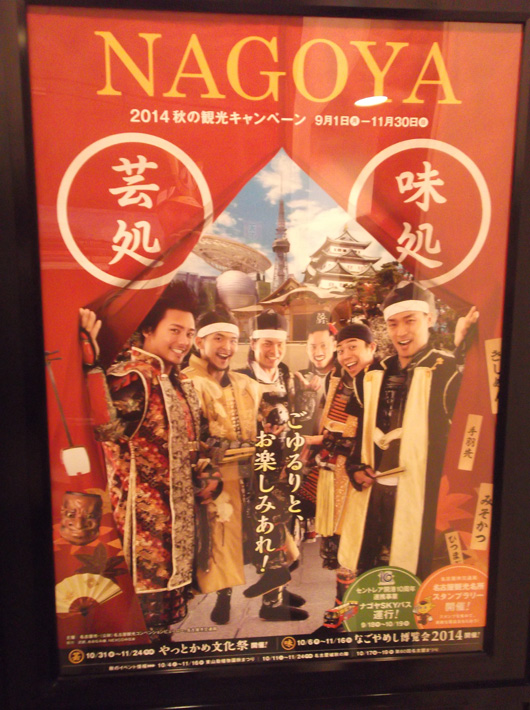
During my previous trip to this city I made sure to check the most important places related to Nobunaga and his life, but with the development of my studies I realized how much I missed, expecially concerning Nobunaga's youth, one of my favourite subjects of investigation :D
The first place that I decided to visit once in Nagoya, then, is the so-called Jaike (蛇池), a little pond in a park that witnessed one of Nobunaga's youthful crazy acts.
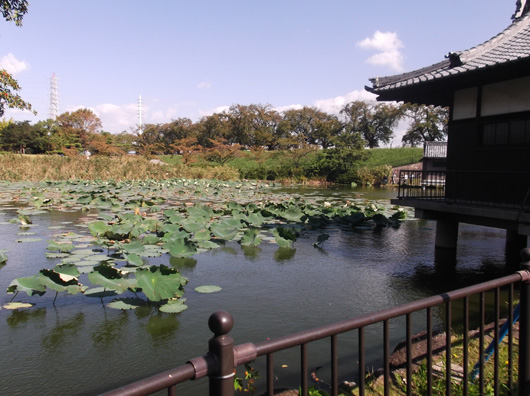
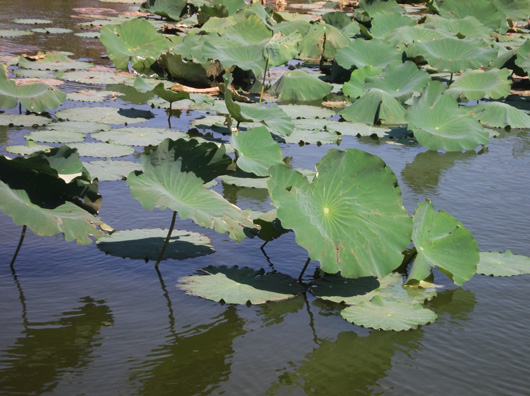
The place is easily reachable from Nagoya Station by bus (Meieki 12). Once I arrived to the park I was greeted by an alert about some venomous spider of sort... It didn't feel like a good start at all T^T;
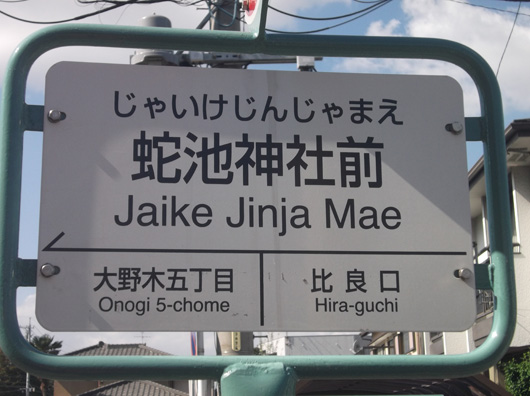
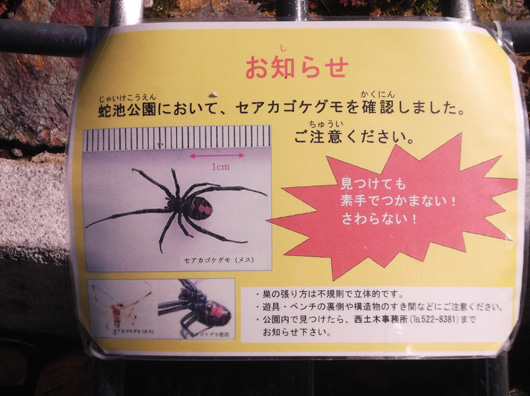
Here you can have a short summary about the story:
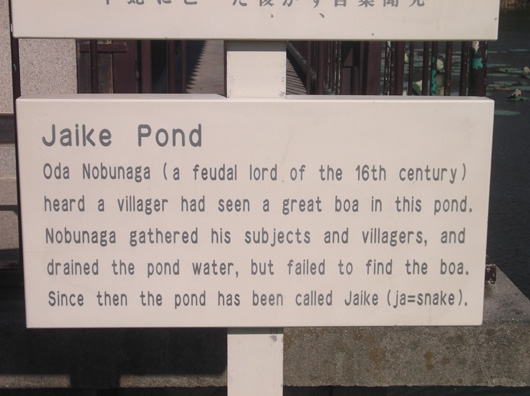
It's said that at the time Sassa Narimasa, whose castle was located by the pond, was plotting against Nobunaga. When he knew that Nobunaga was coming over to check on the pond he guessed that it was an excuse to come after him and execute him. A retainer of Narimasa, a certain Iguchi Tarozaemon, counterplotted to kill Nobunaga in case he showed his face to have a look at the castle, but Nobunaga surprised everyone by going back to Kiyosu after he tried to face the "snake".
It was a huge risk, but also a strong message concerning eventual revolts from those that Nobunaga considered his favourite retainers.
Today the pond hosts a shinto temple, the Jaike Jinja (蛇池神社), dedicated to Ryujin, a Dragon God tutelary deity of the sea.
It doesn't look very old, but sure it holds its charm nonetheless:

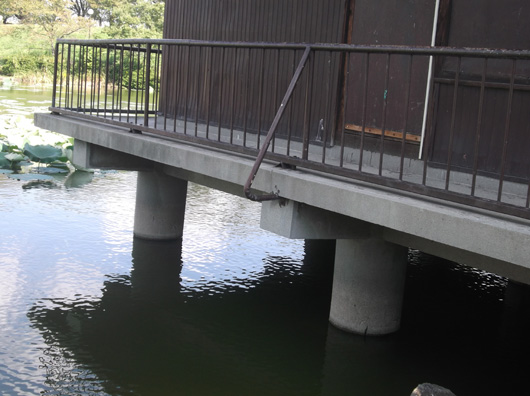
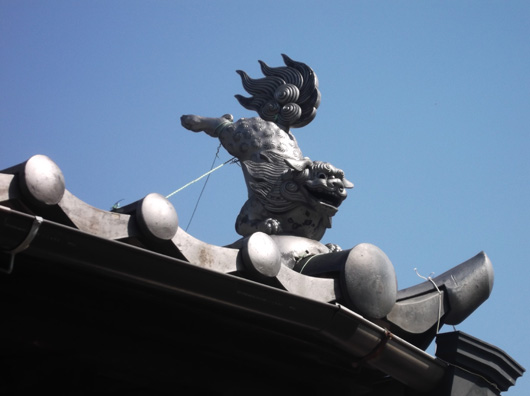

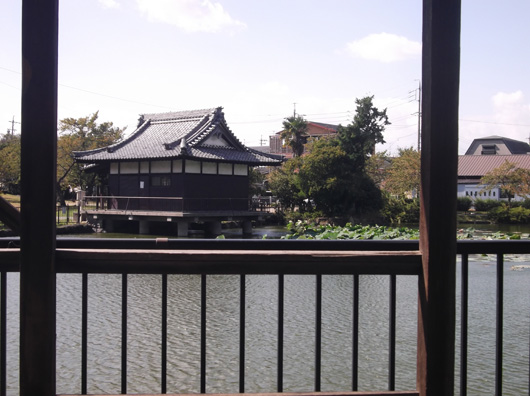
On my way back, I happened to cross this river by bus:
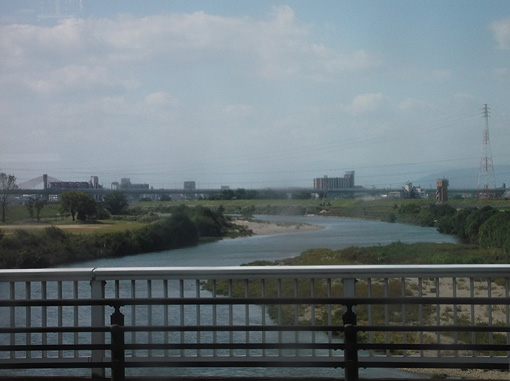
Next on my list was a pop around another temple related to an interesting part of Nobunaga life, the Ryounji (凌雲寺):
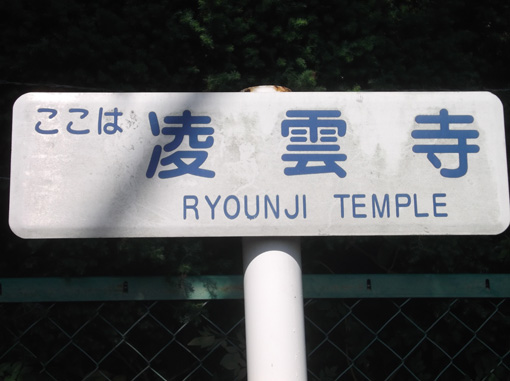
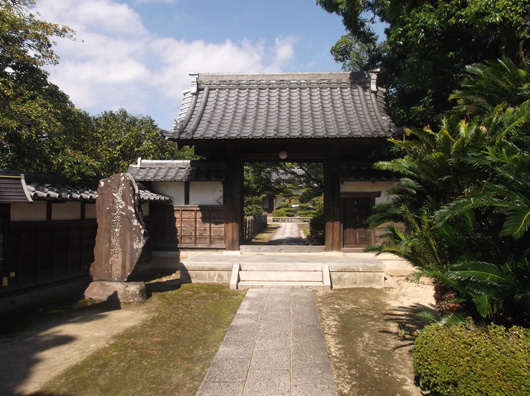
The English explanation is a bit vague on the whole deal:
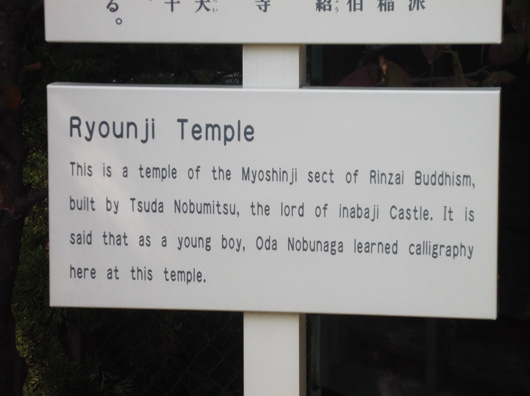
This refers to the common practice of samurai family to send off their male sons to a Buddhist temple to get the basics of education. Besides writing, reading, plotting strategies and assimilate buddhist practices, of course the boys were also destined to chores and labor within the temple precints.
The temple features a lovely garden with a pond:

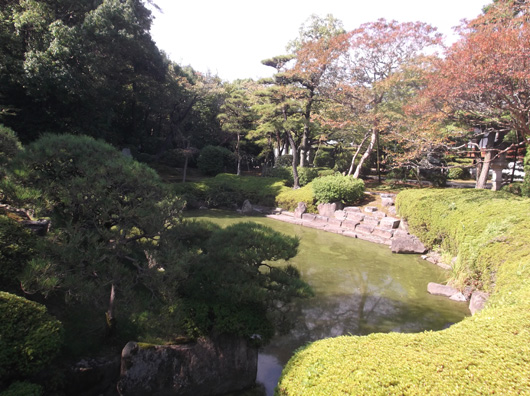
References to the Oda clan can be spotted every now and then in the decorations of the temple:

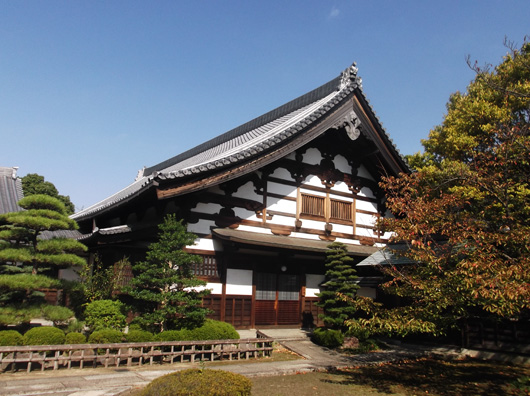
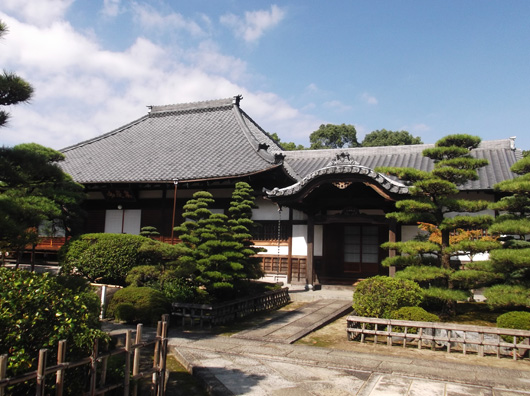

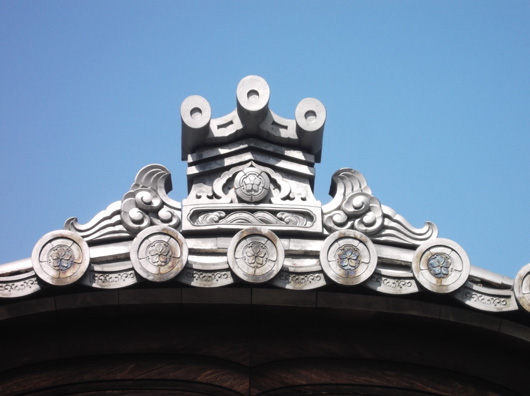
Then it was the turn of Nagoya Castle (名古屋城).
The reconstructed castle that we see today has nothing to do with Nobunaga, in fact that's the work of Tokugawa Ieyasu, once he transferred to Nagoya.
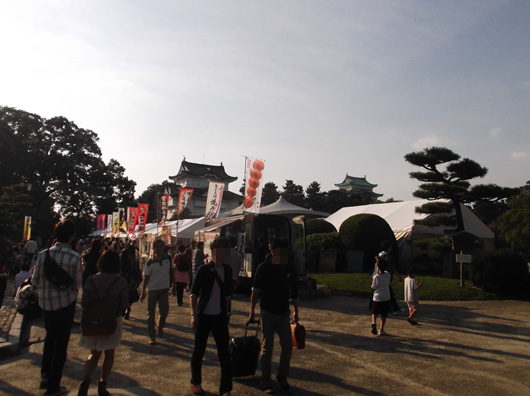
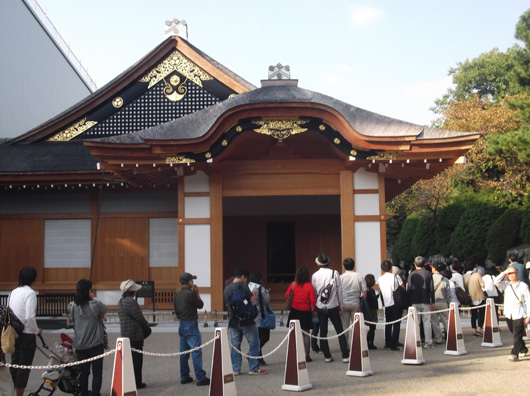

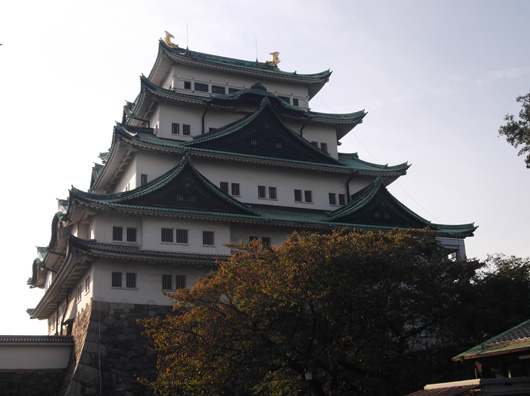
The castle was built in 1609.
In the courtyard we can se a statue of Kato Kiyomasa on "his" rock, eternalized as he led the works of the construction of the castle.
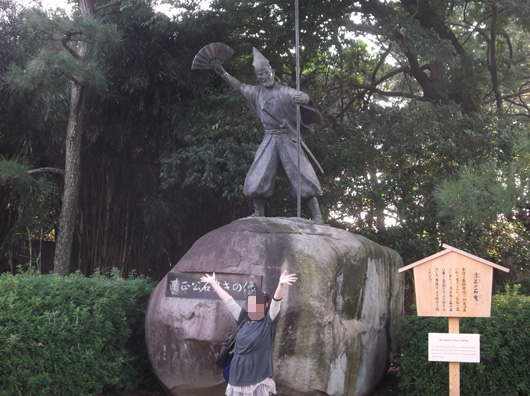
I wasn't very interested in the visit, but since the entrance was free on that day we profitted to take a peek.
The interior featured some interesting models and reconstructions.

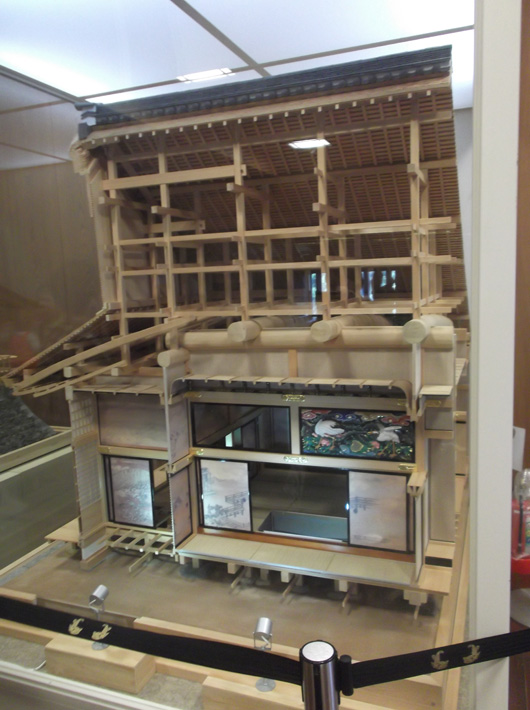
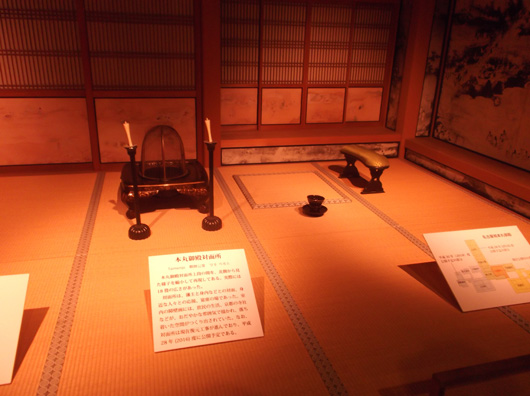
One interesting model was that of the castle with the castle town around.
From this model you can get an idea of the old area of the castle, the ninomaru, originally occupied by the Nagono Castle (那古野城), the castle that Nobunaga inherited from his father when just a kid:


Right now the area of the old ninomaru is pretty much a garden, an open space right in front of Kiyomasa's statue:
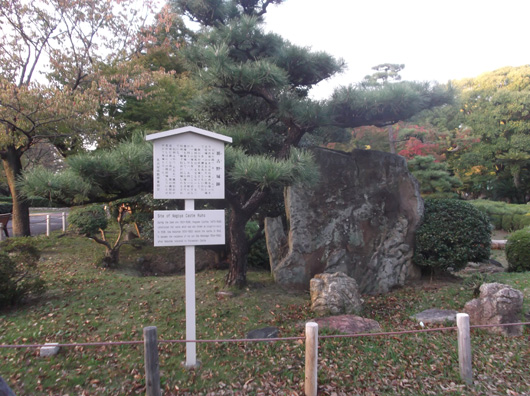
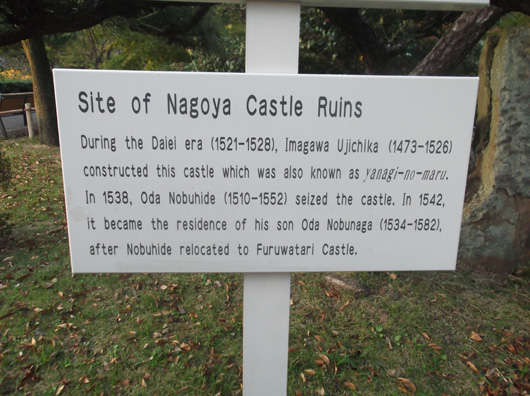
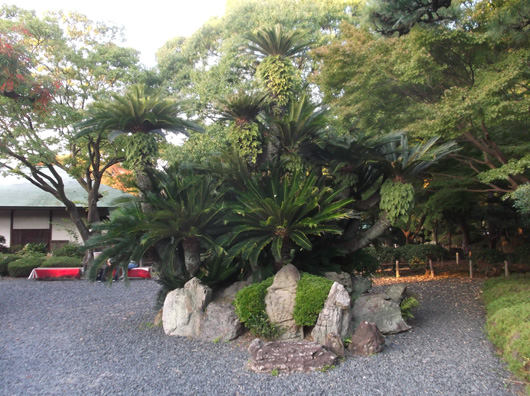
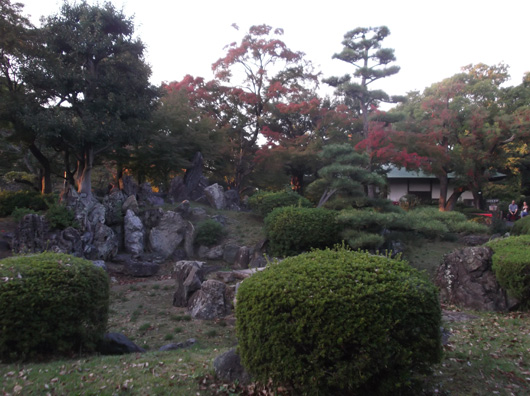
Within the castle grounds, was once located another shrine, the An'youji (安養寺), a temple of Shingon Buddhist sect related to the Tennosha (天王社) shinto shrine located in the same rectory, now known as Nagono Jinja (那古野神社).
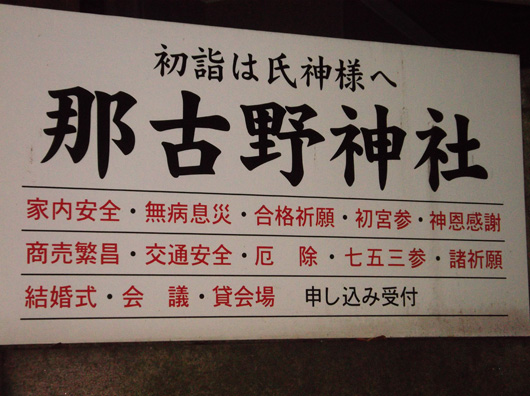
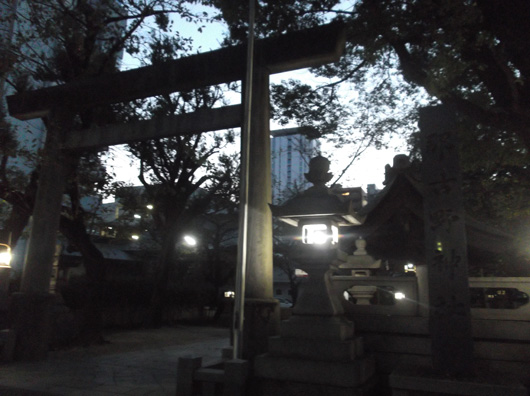

The influence of the Oda is still strong, also if the temple has been relocated outside of the castle's area, and abolished as a tennobo with the Meiji restoration.
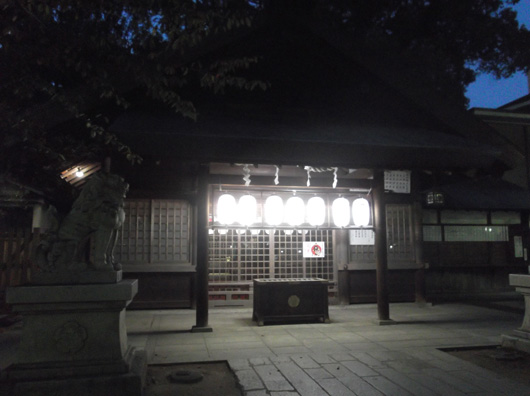
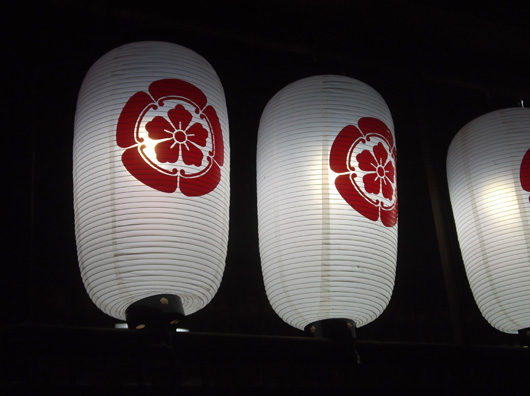
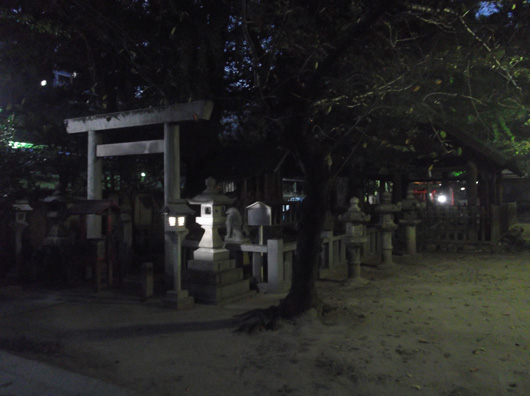

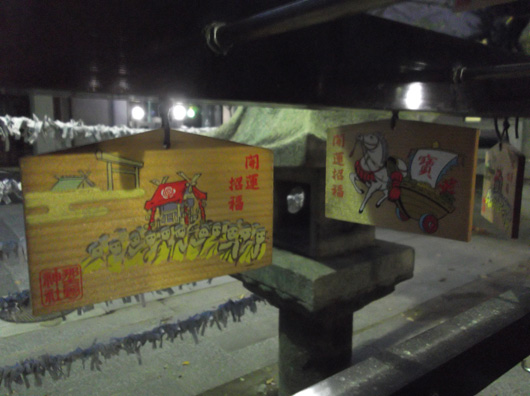
Daeva.